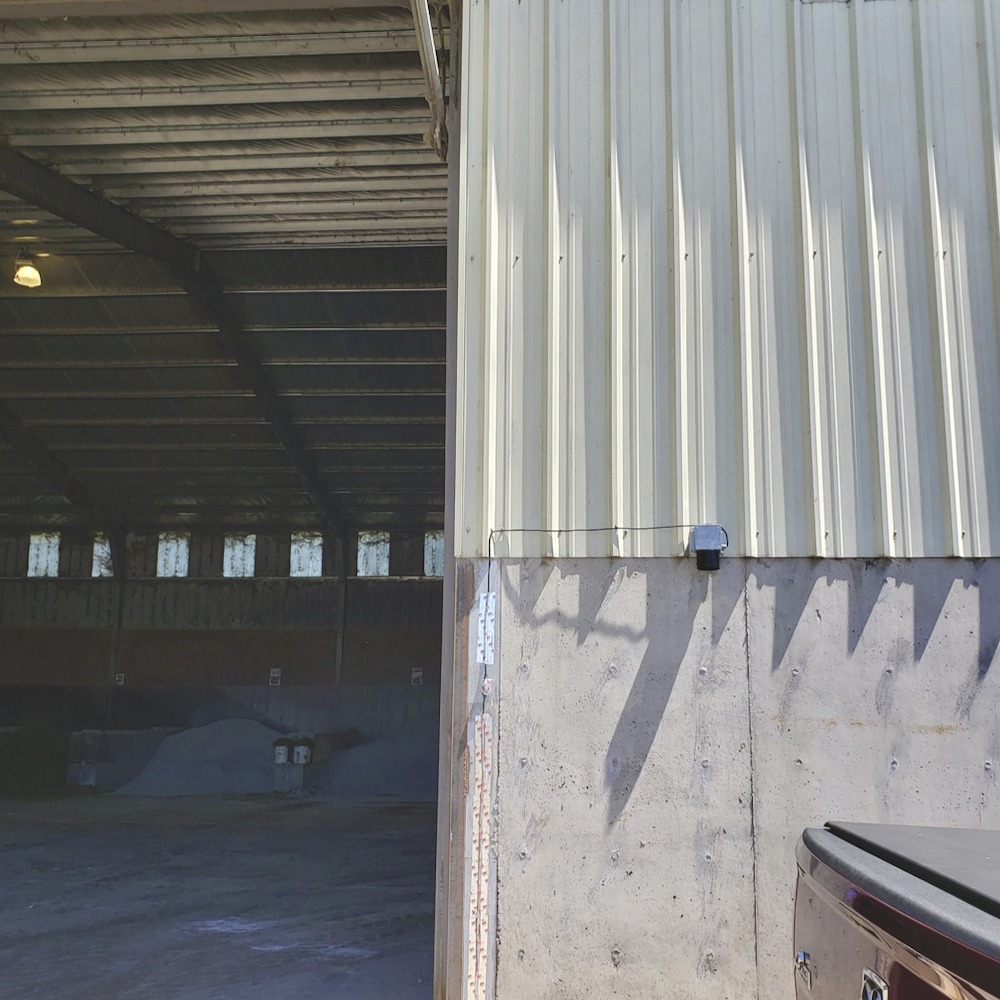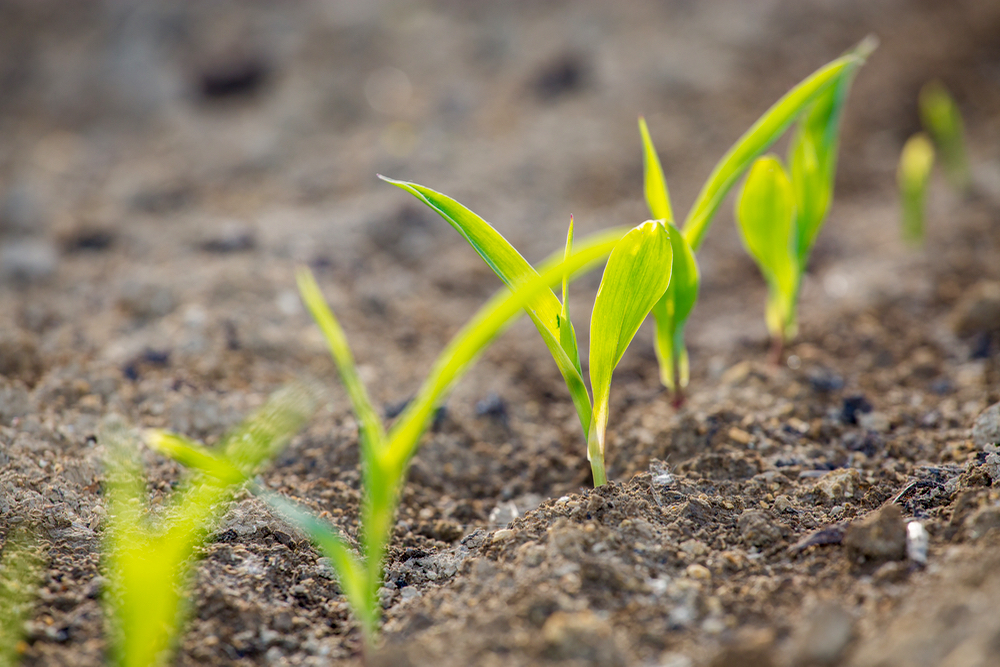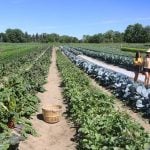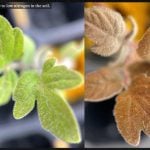Mice and rats are more than just an irritation on farms.
Known as the most destructive vertebrates on earth, mice and rats pose a serious threat as disease transmission vectors and they cause structural and electrical damage, feed loss and contamination.
“While fall is peak season for rodent infestation as mice and rats seek shelter and food for the winter, managing rodent problems is a year-round effort, especially when it comes to biosecurity,” says Al Dam, poultry specialist with the Ontario agriculture ministry. He jokes that he’s never seen a rat properly use a foot bath.
Read Also
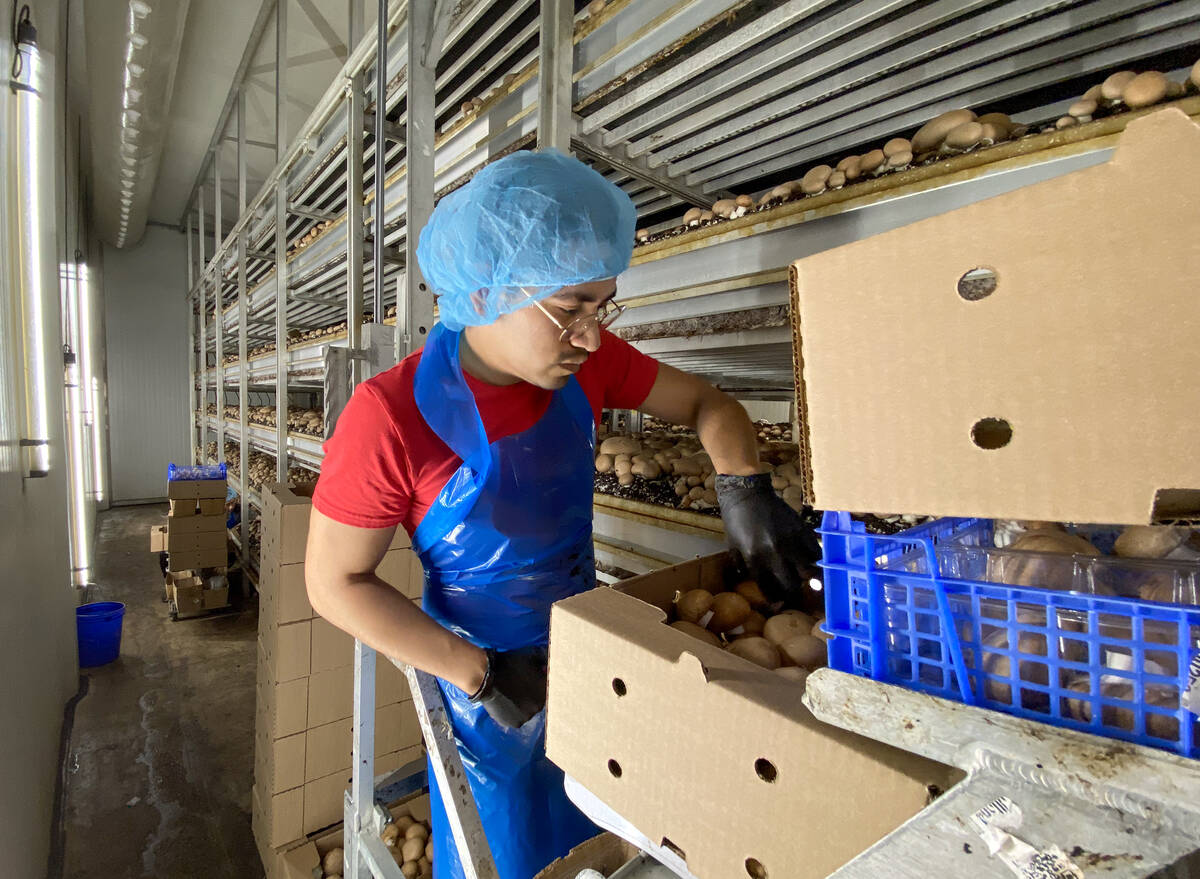
Ontario’s other economic engine: agriculture and food
Ontario Federation of Agriculture president, Drew Spoelstra, says Ontario’s agriculture and agri-food sector should be recognized for its stability and economic driving force.
Dam reminds Ontario livestock and poultry producers to be diligent about cleaning up spilled feed inside and outside barns, keeping barns and yards free of debris to remove unintentional shelter for rodents and to continuously monitor for signs of pests.
“Mice can easily enter through a hole as small as a dime, and rats a hole the size of a quarter,” notes Dam. Common signs of rodent infestations include feces, urine deposits, chewing damage, rub marks and pathways.
Manage disease risk
Rodents can bring disease into barns and spread infection throughout livestock herds and flocks. Rats are also known for feeding on carcasses, including wild birds, which poses a serious threat to poultry flocks on alert for avian influenza.
Rats and mice can introduce diseases including avian flu, salmonellosis, erysipelas, swine dysentery and even rabies into poultry and livestock.
“Rodent control is an important element in a robust approach to biosecurity,” says Connie Osborne, OMAFRA media relations specialist. “Managing control can be challenging, and producers who encounter ongoing problems may benefit from consulting professional pest control companies.”
Osborne also notes that flies and birds such as starlings can carry disease and should be included in a pest control and biosecurity program.
Shawn McDonald, area manager and service technician with Rural Routes Pest Control, says including a professional service provider in the farm’s biosecurity plan offers the most effective pest control.
“We’re in the business of partnering with producers to keep their barns safe and disease free,” says McDonald. His employees are professionally licensed as structural exterminators who follow biosecurity protocols that can also be adapted to meet client needs.
These include staff restrictions on raising or housing poultry or hogs, imposing 48- to 72-hour restrictions between farm visits, and disinfecting equipment and trucks, among other measures.
“Agricultural pest control is different from residential or commercial, so be sure to partner with a service provider who understands your farm needs and protocols to ensure the safest environment for your barns and peace of mind for yourself,” says McDonald.
Take control
The most common pest management strategy is to address existing populations using rodenticides and trapping, and then work with producers to develop an ongoing management plan, he says.
Regular facility inspections are also important to assess and eliminate entry points in buildings and reduce access to food, water and areas rodents can live.
“Rodents can also cause serious threat to barn fires as they chew through wiring and insulation,” says McDonald, citing another common reason that producers engage his company’s expertise.
“And from an economical perspective, 100 rats can eat a tonne of feed in one year, and can contaminate 10 times the amount of feed it eats with feces, urine and fur. Rodent problems can really add up.”
When it comes to managing pest control with rodenticides or chemical products, Osborne reminds producers to make sure all products used where animals are raised for food are licensed and approved by Health Canada.
Keeping all products out of reach by livestock or poultry is also essential and Osborne advises producers to work with their veterinarian and processor if an animal is exposed to such products.
For more information on rodent control, read OMAFRA’s factsheet, Rodent control in livestock and poultry facilities, available online at ontario.ca/page/rodent-control-livestock-and-poultry-facilities.



